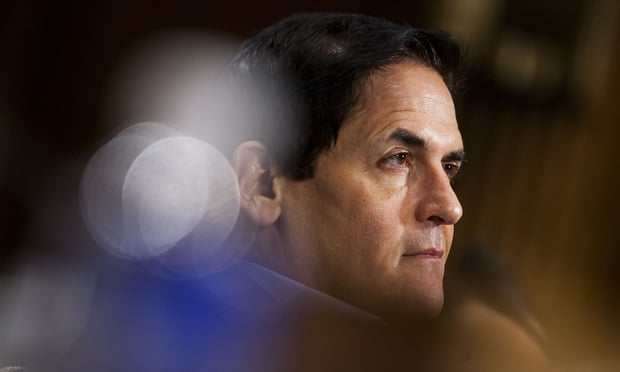Actuaries wonder whether a new batch of 2015 Washington state health insurance rate filings offer any clues about what rates will look like in the rest of the country
Carriers in the state have filed 28 individual and small-group rate applications. Issuers of the 23 plans already in the market – either inside or outside the public health insurance exchange – are asking for an average of about 8 percent.
The proposed average changes range from a decrease of 11.9 percent, for plans sold by Regence BlueShield, to an increase of 26 percent, for plans sold by Assurant's Time Insurance unit.
Recommended For You
Both companies now charge an average of about $300 in premiums per month for the policies affected by the proposed 2015 changes.
The returning plans in the middle of the pack want to raise rates about 3 percent to 5 percent.
Carriers note in the filings that they have no 2014 experience data for plans that comply fully with the new Patient Protection and Affordable Care Act underwriting, pricing and benefits rules.
In a section on "projection factors," actuaries for Time have given a detailed explanation of why they think the morbidity of the insured Washington state population has increased by 5 percent this year and will increase another 5 percent in 2015.
The Time actuaries also look at the cost of the PPACA essential health benefits mandates. Adding EHB maternity benefits could increase benefits costs about 3.1 percent, the company estimates.
Regence actuaries estimate that morbidity will be 4.6 percent higher in 2015 than in 2013
The companies make few predictions about the impact of the PPACA "three Rs" risk-management programs.
Munich Health North America, a reinsurer, found when it conducted an e-mail survey of health care actuaries that only 5.3 percent are "very confident" about the likelihood that the three Rs programs will make all of the expected risk program payments.
Analysts at the American Academy of Actuaries noted that another 2015 cost driver could be increases in PPACA-related fees.
The PPACA health insurer fee, for example, is supposed to raise $11.3 billion in 2015, up from $8 billion this year, the actuaries write.
See also:
- Insurers guess about PPACA risk programs
- Double-digit premium increases predicted
- Brokers say premiums are skyrocketing
© 2025 ALM Global, LLC, All Rights Reserved. Request academic re-use from www.copyright.com. All other uses, submit a request to [email protected]. For more information visit Asset & Logo Licensing.







